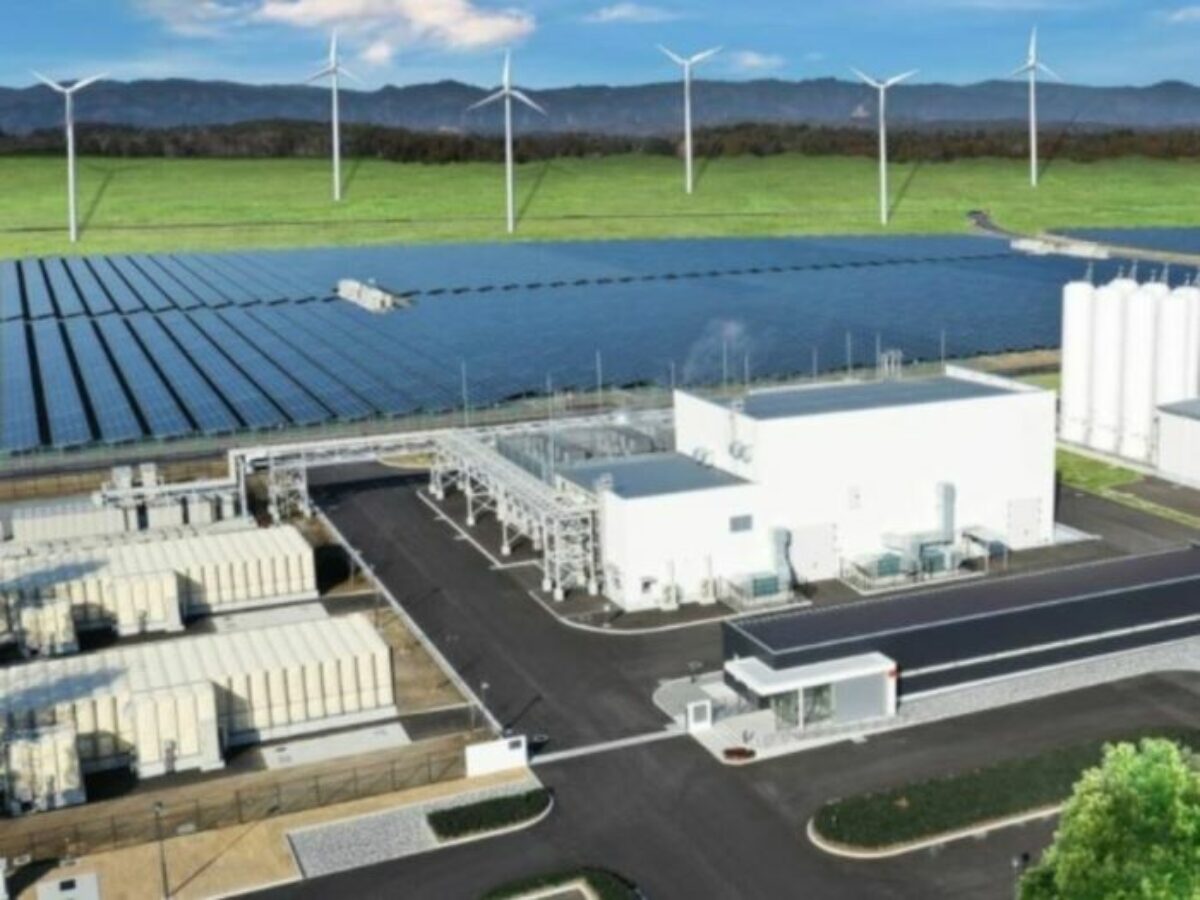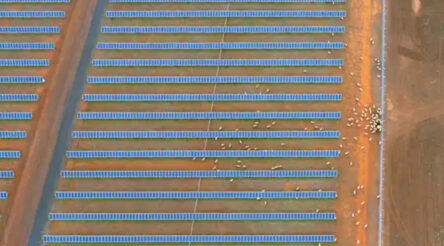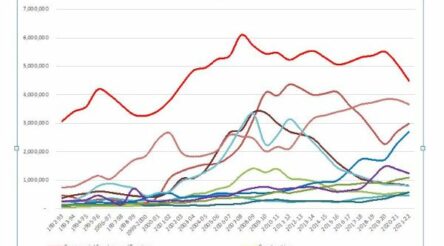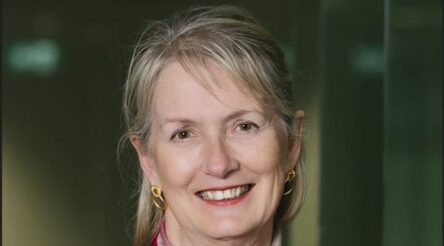ATCO and BOC Linde to build world first hydrogen power station

By Peter Roberts
ATCO and global gas giant BOC Linde have been selected by the South Australian government to construct a world-first hydrogen power station at Port Bonython, near the industrial city of Whyalla on Spencer Gulf.
BOC Linde was seen by many as the front runner among the 29 companies competing to build the plant which is the centrepiece of the Port Bonython Hydrogen Hub.
The company already delivers green hydrogen produced at a small electrolyser located at the Tonsley Innovation Precinct in Adelaide to the Liberty OneSteel steelworks at Whyalla.
Beaten to the project were companies including Fortescue Future Industries, Origin Energy, Santos and H2U, and international companies such as Eneos, Chiyoda, Mitsubishi and AMP Energy
Premier Peter Malinauskas named the companies to build a 250 MW electrolyser and 200 MW hydrogen gas generator on the weekend.
Pipeline company Epic Energy will build associated hydrogen gas storage facilities bringing the government’s total investment in the project to a planned $593 million.
Just as the state’s first big battery revolutionised energy storage worldwide, the government plans for the electrolyser and associated hydrogen storage to be another green energy game changer.
Malinauskas said in a statement: “This is a world-leading opportunity for South Australia, that has the potential to rival Victoria’s gold rush, the coal boom in Queensland, or Western Australia’s development of iron ore and gas.
“We have all the things the world will need to decarbonise – abundant copper and magnetite (iron ore), the world’s best coincident wind and solar resources, world-leading renewable energy penetration and soon, the ability to harness this abundant clean energy in the form of hydrogen.
“We can use this clean hydrogen to firm our electricity grid, but more than that, we can use it to help reindustrialise the Upper Spencer Gulf, creating thousands of jobs in the process.”
The state and federal governments have previously announced they are investing $100 million to develop infrastructure at Port Bonython and prepare it to become a large-scale export terminal for hydrogen.
Along with private sector funding, the redeveloped port which houses an existing petrochemical complex is expected to host green hydrogen related projects worth up to $13 billion and projected to generate as much as 1.8 million tonnes of hydrogen by 2030.
State energy minister Tom Koutsantonis said: “For two decades South Australia has shone bright in the race to 100 percent net zero, thanks in part to our exceptional sun and wind resources to generate renewable power,” Koutsantonis said in a statement.
“The Hydrogen Power Plant in Whyalla continues this momentum, and our world leadership using hydrogen for renewable energy storage, and enabling us to ship the sun beyond our shores.”
The state’s hydrogen play is certainly bold, but it is also risky – no-one else is risking hundreds of millions on a hydrogen powered electricity generating station.
It could well be another big battery success, but it coulkd also prove to be an interesting and useful dead end technologically.
Further rerading:
Further reading:SA, federal governments announce $100 m for Port Bonython hydrogen infrastructure
Green steel eyes strong market demand for low carbon product
New SA government aims for hydrogen leadership
Picture: Picture: ALPSA
@aumanufacturing Sections
Analysis and Commentary Awards Defence Manufacturing News Podcast Technology Videos










